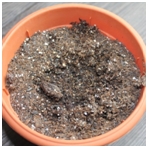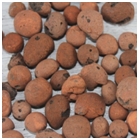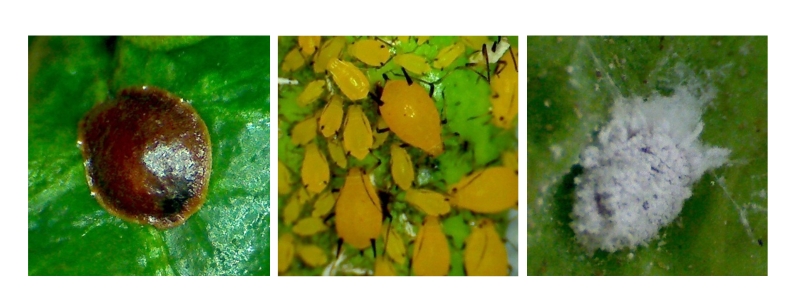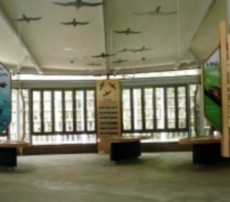Home Gardeners’ New Year Resolution
Just as we would want to make a fresh start in the new year in areas like work and family, how about giving your potted plants a new beginning? Maybe you have a plant that isn’t growing well anymore…what can you do to help it thrive this year?
Starting from soil up
Let’s start with the soil. Are there roots growing out of the drainage holes or on the surface of the soil? If so, there may not be enough soil to hold the water your plant needs.
Click here for details on how to transplant to a bigger pot. If you have limited space, you can also trim the roots on all sides, loosen the roots and re-pot in the same container.
This plant has become root-bound and needs to be moved to a larger pot.
What’s the condition of the soil in your pot? Does it look hard and compacted? It may be time to refresh the soil. Organic matter is key to good soil, because it holds moisture and nutrients. Over time, it breaks down and needs to be replaced. You may also need to add coarse material like sand or perlite to improve soil drainage.
Click here to learn how to clean and improve the soil you already have.

This potting mix is good for potted plants, because it is filled with nutrient-rich compost and coconut fibres and perlite which improve soil drainage.
One way to prevent soil compaction is to place the pot in a tray of water and allow the soil to slowly absorb water. (Please clear any standing water afterwards to avoid breeding mosquitos.) Another benefit of this method is that the plant's leaves are kept dry, which prevents fungal diseases. If you prefer top watering, you can cover the soil with wood chips or LECA balls (light expanded clay aggregate) to prevent compaction.

These LECA balls can be applied to the surface of the soil for a decorative look that softens the impact of watering on soil.
Is it time to feed your plant? Potted plants obtain their nutrients from the limited amount of soil in the pot, which gets depleted over time. An easy way to feed your plants is to add pellets of slow-release fertiliser to the soil. Fertiliser salts may accumulate to harmful levels in the soil over time, sometimes forming a white crust on the soil surface. They can be removed by adding water twice the volume of the pot and letting it drain naturally.
Pruning and pests
Are there any dead leaves or flowers lying around? Use pruning shears to remove dead or sickly plant parts which may harbour disease-spreading bacteria and fungi. Be sure to clean your tools afterwards to avoid transferring diseases to new plants.
Now, let’s carefully inspect the leaves and stems for pests and diseases.
If you find pests, consider using horticultural oils rather than synthetic pesticides, because they are environmentally friendly and safe to use (click here for details).
Or, try making your own insecticide with a simple bar of soap using this link.

Check your plants regularly for pests, such as scale insects (left), aphids (middle) and mealy bugs (right).
Shedding light on healthier plants
Finally, consider whether your plant is receiving the right amount of light. Plants that receive too much or too little light will become weak and vulnerable to pests and diseases. Use Flora&FaunaWeb to find out the amount of light your plant needs, so that you can place it in the right spot.
(Find out how to solve your light issue here).

The plants on the left are small and yellow under too much sun exposure, while the ones on the right are growing well in partial shade.
Just a little extra care and effort will reward you with lush growth all year round!
By Jennie Tang





Have views or comments on this article? Let us know via this form. If you would like to give us feedback on any other areas relating to our parks and gardens, please submit via https://www.nparks.gov.sg/feedback